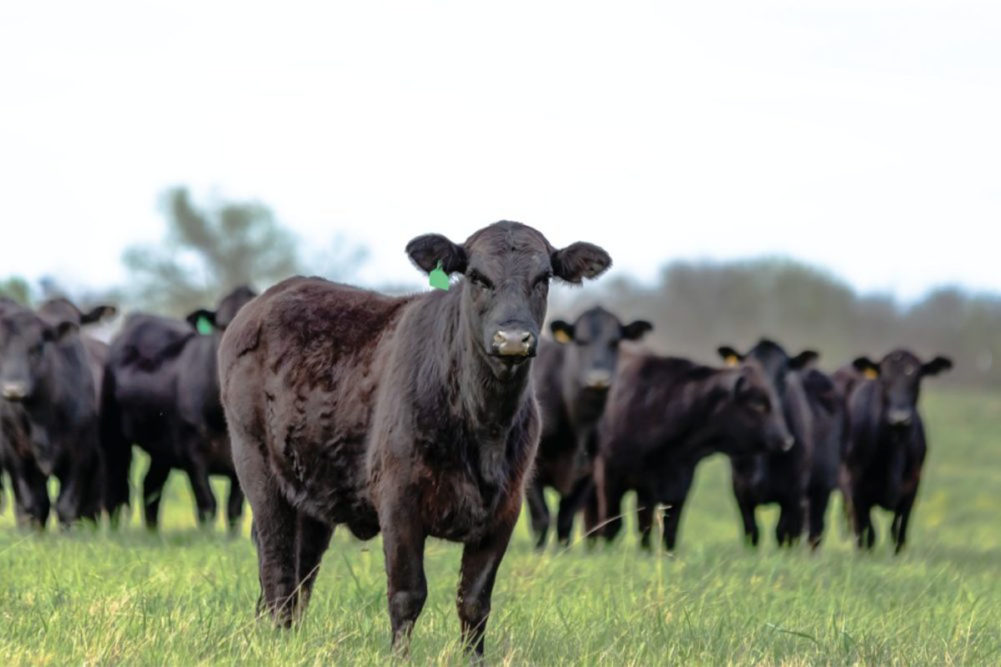DENVER — On Dec. 13, CoBank released its 2023 Year Ahead report, “Forces that will Shape the U.S. Rural Economy." While the financial services firm does not predict an immediate recession occurring, it notes that historically, “inflation above 5% has never been tamed without incurring a recession.”
“As financial conditions continue to tighten, we expect the US economy will steadily soften through the first half of 2023, ushering in a brief, modest recession,” said Dan Kowalski, vice president of CoBank’s Knowledge Exchange. “The unemployment rate could rise as high as 5%, indirectly leading to a decline in consumer spending. Without this softening in the labor market and the associated slowing of wage gains and spending, it will be difficult to stabilize prices.”
After a recession, CoBank predicts a return to inflation rates closer to 3.5% - 4.5% by late 2023.
Since the loss of 2 million workers over the past couple years, employers may be reluctant to impose layoffs even in the turn of a recession, the bank added.
The organization said that the meat and poultry industry will begin to feel tightening of the economy in 2023 in ways it has managed to escape the past few years.
“Despite tectonic shifts in consumer eating habits, record high feed costs, labor shortages and supply chain logjams, most US animal protein industry segments have posted phenomenal financial performance over the past three years,” CoBank noted. “However, this broad-based era of profitability will likely come to an end in 2023.”
The year 2023 will likely be a time for meat and poultry companies to pause and reflect before vamping production, as high costs of feed, labor and construction are hindrances to expansion.
CoBank expects that after an all-time high of over 226 lbs per capita (projected) in 2022, US meat and poultry consumption will be flat in the year to come.
As cattle supply shrinks, beef production is set for a contraction during 2023, down 2 billion lbs annually compared the previous year.
Pork is set for a moderate rebound, helping offset the gap in red meat production. However, the hog breeding herd is at a five-year low, down 6.5% from its peak in 2020.
The chicken segment experienced an incremental rise in production late in 2022, which CoBank believes is a hint at the direction the segment’s headed in 2023.
“While we do not expect broiler prices to revert to pre-pandemic low levels, the record highs of 2022 will not return either,” CoBank said.
Adding to the uncertainty of what’s to come in the new year, the 2022 primary elections granted Republicans control over the House of Representatives and Democrats control over the Senate. CoBank is skeptical of legislation like the Farm Bill 2023 passing quickly with a divided Congress.
“At the end of the day, the Senate will have the upper hand in this debate,” CoBank wrote in the report. “And the policies that arise in the bill — be it in September or December of 2023 or November 2024 — will impact agriculture for the next decade to come.”
Read CoBank’s full report.
Stay up to date on the latest pet food processing industry headlines on our News page.



